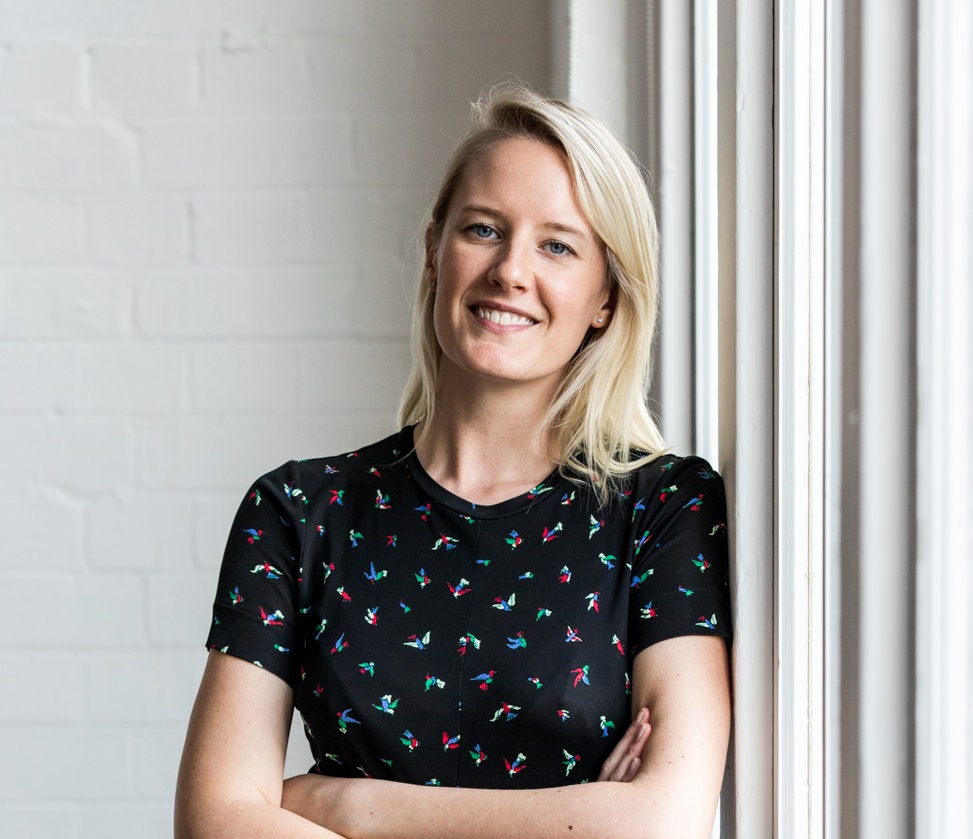It can feel overwhelming to wade through every social media option to prioritise what your brand actually needs and what can wait. Should you invest in photography or video? Facebook or Instagram? Agency assistance or in-house help?
If you’re feeling like it’s easier to set your phone alight and throw it in the grease trap, that’s fair. But nutting out a solid plan of attack for utilising the communication channels available has many advantages — a successful strategy will cut through social media’s white noise and remind your audience (and those who haven’t found you yet) what you do, and how well you do it.
If the images, words and messages you’re projecting into the world don’t do your brand justice, you’re doing more harm than good, so it pays to get it right even before you launch.
Identify the channels that work for you
Each social channel offers a different means of communication as well as a different audience. Before you get started, figure out which are worth your time.
Every brand should have a presence on Instagram with a linked Facebook page in order to run boosted posts and ads. But if
you’re a pop-up or movable brand, you may also want to consider Twitter. Will you host a lot of events or target customers under 25? A smart Snapchat strategy could work.
The next most important channel is your email database, which is free from the whims of the tech giants and offers a direct line to the people truly invested in what you’re up to.
Plan a visual identity and tone of voice
Just as you’ve carefully considered your location, team and logo, it’s worth thinking about how to present your venue visually and tonally. These should reflect your actual offering and philosophy seamlessly.
Is your bar or restaurant moody and slick? Your imagery and graphics should be, too. Is your service style warm and welcoming? The tone of voice in all your communications should mirror the same approach.
Set up your channels before you launch
Before you send out a press release to media (yes, press releases are still useful and relevant), your Instagram and Facebook pages should be live with a profile image, your website, contact info and a link to sign up to your database.
There should also be some form of content posted, whether it’s imagery, video or graphics, so when potential customers hear about your venue and hunt down your page, they get an idea of what’s coming and follow to keep up.
Incorporate social handles in all communications to send people to your channels prior to launching. This ensures there’s an established audience ready and waiting when you do open.
Invest in quality content
If there’s one thing to prioritise, it’s professional, engaging photography of your menu. Instagram is a visual platform, so relying on sub-par imagery that doesn’t do your offering justice isn’t doing your venue any favours.
At Buffet, we shoot with most restaurant clients on a quarterly basis, ensuring the images on their social channels are up to date and reflective of the restaurant experience. If your menu changes every day, ask a staff member or chef to capture specials as they are created.
A short iPhone photography workshop (we run them) can work wonders. Second, if your caption is boring, repetitive or too sales-heavy, you’ll turn people off. Story first, sales second.
Be authentic
Capturing food and drink is important, but it’s imperative to represent the venue experience. Atmosphere, people, prep, produce, interiors — all the minor details that make your space unique — are exciting to an unfamiliar eye and helps build your brand’s world.
Sourcing your wasabi fresh from Tassie? Experimenting with ferments in-house? Got a chef who speaks fluent French and Danish? Talk about it.
Consistency is key
Now you have your vision, identity and strategy — stick to it. Create a monthly plan and schedule posts at optimal engagement times (for food and beverage, that’s generally between 6pm and 9pm).
At Buffet, we use Iconosquare for scheduling, planning and reporting. Better yet, engage people who know what they’re doing so you can focus on the most important part — the product. A good image of a bad dish is still a bad dish, no matter how you spin or shoot it.
This story originally appeared in the October print issue of Hospitality.

